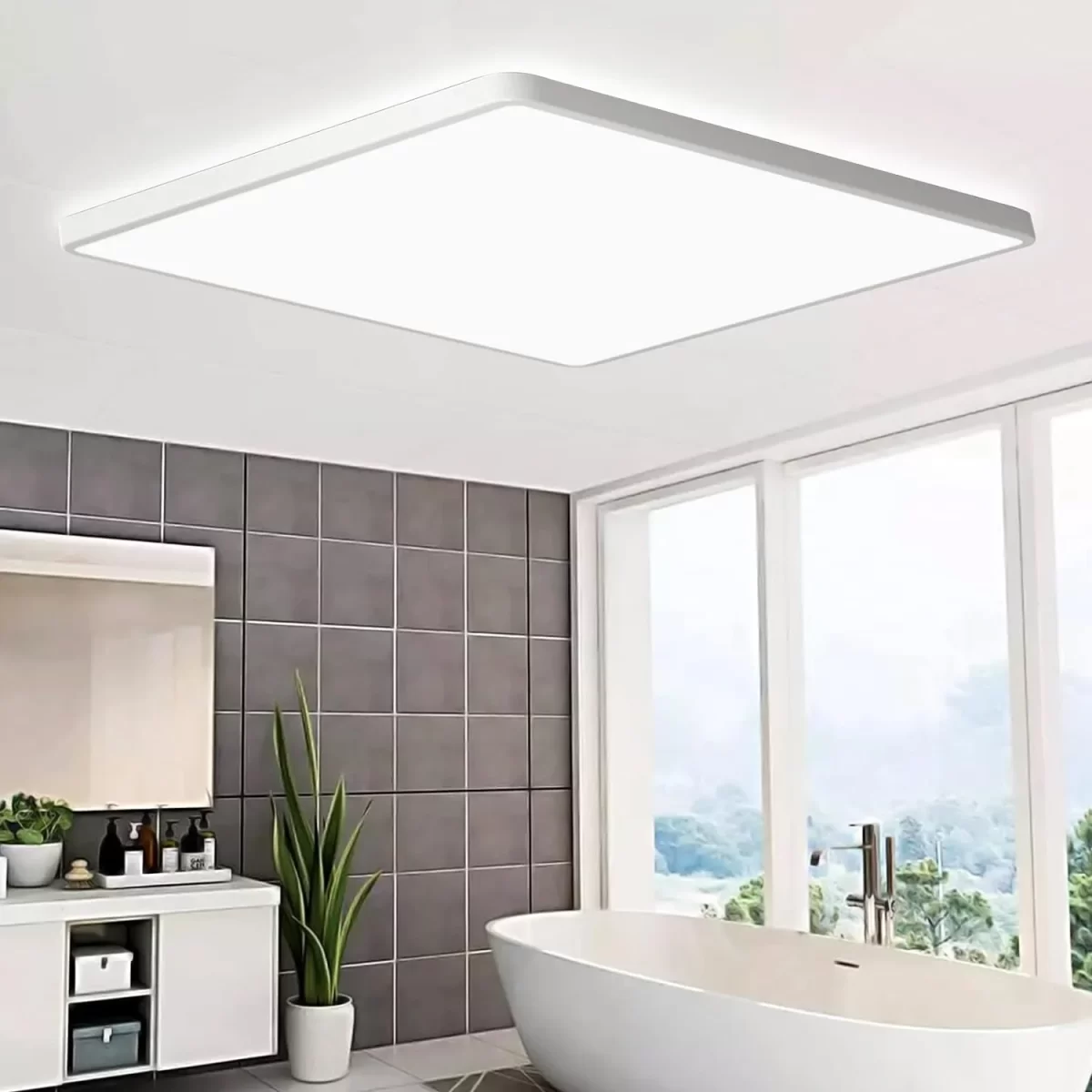Bathroom Lighting: A Comprehensive Guide

Lighting plays a critical role in our daily lives, influencing our moods, energy levels, and overall well-being. In the context of home design, the bathroom often gets overlooked when it comes to lighting. However, considering the bathroom is where many of us start and end our days, the importance of proper lighting in this space cannot be overstated. From functional task lighting to ambient and accent options, the right bathroom lights can enhance both the utility and aesthetic appeal of the space.
The Importance of Bathroom Lighting
The bathroom is a multifunctional space. It serves as a place for personal grooming, relaxation, and, sometimes, even as a mini-spa. Each of these activities requires different lighting conditions. For instance, applying makeup or shaving demands bright, shadow-free light, while a relaxing soak in the tub benefits from softer, more ambient lighting.
Proper bathroom lighting is essential for:
- Safety: Adequate illumination helps prevent accidents in a potentially slippery environment.
- Functionality: Good lighting makes daily grooming tasks easier and more accurate.
- Ambiance: The right lighting creates a welcoming and relaxing atmosphere.
- Aesthetics: Well-placed lights highlight the design elements of the bathroom, making it visually appealing.
Types of Bathroom Lighting
To achieve a well-lit bathroom, it’s crucial to layer different types of lighting. Here are the main types of bathroom lighting to consider:
- Ambient Lighting
- Purpose: Provides overall illumination for the entire bathroom.
- Examples: Ceiling-mounted fixtures, chandeliers, and recessed lighting.
- Tips: Ensure even distribution of light to avoid dark corners. Use dimmers to adjust the intensity based on the time of day and activity.
- Task Lighting
- Purpose: Focused light for specific tasks like shaving, applying makeup, or brushing teeth.
- Examples: Vanity lights, sconces, and LED strips around mirrors.
- Tips: Position task lights at eye level to minimize shadows on the face. Consider lights with a high Color Rendering Index (CRI) to replicate natural light, essential for accurate makeup application.
- Accent Lighting
- Purpose: Adds depth and highlights architectural features or decor.
- Examples: Wall-mounted fixtures, spotlights, and LED strips along shelves or under cabinets.
- Tips: Use accent lighting to create focal points and add drama to the space. This type of lighting is perfect for showcasing artwork or a beautiful tile backsplash.
- Decorative Lighting
- Purpose: Adds a touch of style and personality to the bathroom.
- Examples: Statement chandeliers, pendant lights, and artistic sconces.
- Tips: Choose fixtures that complement the overall design of the bathroom. Decorative lighting should also contribute to the ambient light level without overwhelming the space.
Choosing the Right Bulbs
The type of bulbs you choose significantly impacts the quality and color of light in your bathroom. Here are some considerations:
- Color Temperature
- Measured in Kelvin (K), color temperature affects the appearance of the light.
- Warm Light (2700K-3000K): Creates a cozy and relaxing atmosphere, ideal for ambient lighting.
- Cool Light (4000K-5000K): Mimics daylight and is perfect for task lighting, as it provides a bright and clear view.
- Lumens
- Lumens measure the brightness of a bulb. A higher lumen count means a brighter light.
- Bathrooms typically need a mix of different brightness levels, from bright task lights to softer ambient lights.
- Energy Efficiency
- LED bulbs are the most energy-efficient option, lasting longer and using less power than incandescent or fluorescent bulbs.
- Consider using smart bulbs, which can be controlled via smartphone apps to adjust brightness and color temperature based on your needs.
Tips for Effective Bathroom Lighting Design
- Layer Your Lighting: Combine ambient, task, accent, and decorative lighting to create a balanced and versatile lighting scheme.
- Use Dimmers: Installing dimmer switches allows you to adjust the light levels, creating the right mood for any time of day or activity.
- Consider Placement: Proper placement of lights is crucial. Avoid placing lights directly above the mirror, as this can create unflattering shadows. Instead, opt for side-mounted sconces or backlit mirrors.
- Mind the IP Rating: Bathrooms are humid environments, so it’s essential to choose fixtures with appropriate Ingress Protection (IP) ratings to ensure safety and durability.
- Think About Scale: The size of your bathroom should influence the size and number of light fixtures. Large bathrooms may benefit from multiple light sources, while smaller bathrooms might need fewer, well-placed lights.
Trends in Bathroom Lighting
The world of bathroom lighting is continually evolving










